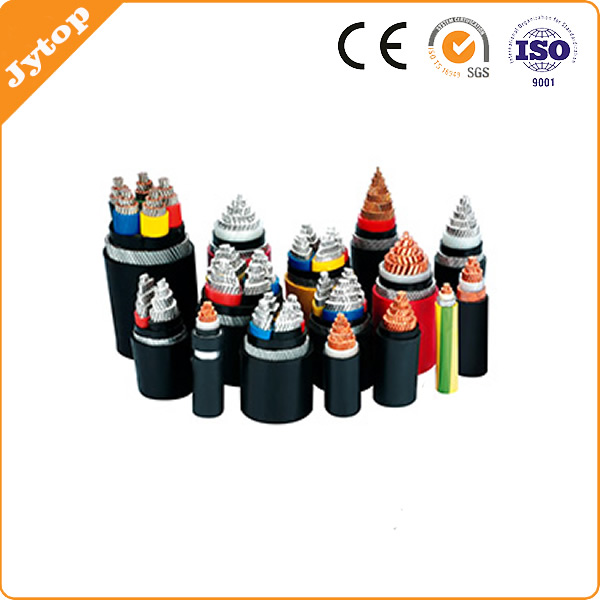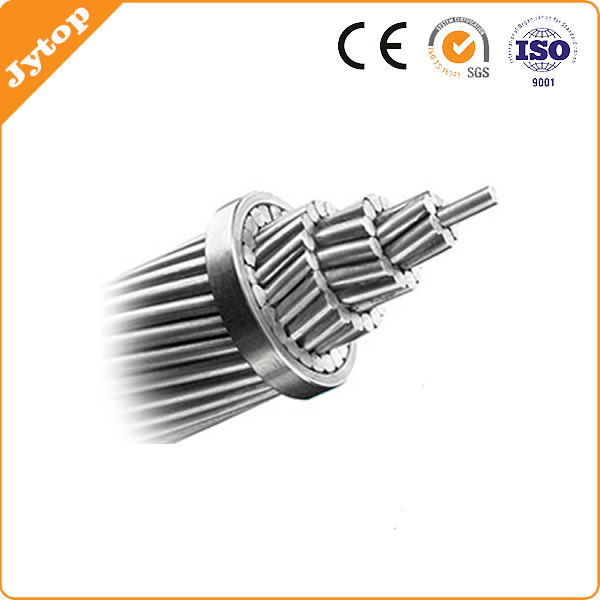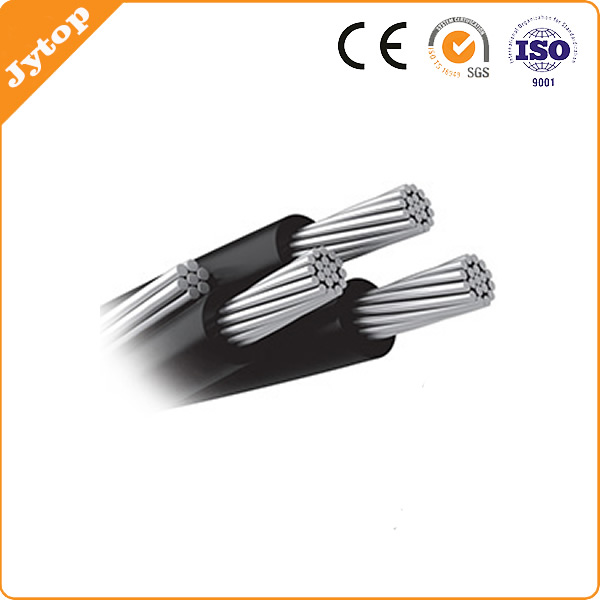YJV XLPE insulation and VV PVC insulation is different

Power Cable
Power cables are mainly used for power transmission and distribution purpose. It is an assembly of one or more individually insulated electrical conductors, usually held together with an overall sheath. The assembly is used for transmission and distribution of electrical power. Electrical power cables may be installed as permanent wiring within buildings, buried in the ground and run overhead or exposed.……Including: rubber cable, welding cable, URD cable, XLPE insulated power calbe etc.

Bare Overhead Conductor
Bare Overhead Conductors are used in overhead transmission and distribution network applications.They are also used for un-insulated hook ups, jumpers, grounding conductors and other applications. Our Conductors conform to ASTM, IEC, BS, BS EN and DIN standards.…… Including: AAC conductor, AAAC conductor, ACSR conductor, ACAR conductor, AACSR conductor, etc.

Aerial Bundled Cable
Aerial bundled cables (also aerial bundled conductors or simply ABC) are overhead power lines using several insulated phase conductors bundled tightly together, usually with a bare neutral conductor. Our abc calbe conform to ASTM, IEC, SANS standards.……Including: abc cables, cvered line wire, service drop wire etc.

YJV applicable to most of the places, and VV only applicable in general places with no special requirements, YJV in low temperature and high temperature environment can be used, and VV only applicable in general temperature environment; YJV burning non-toxic, and VV, flue gas and toxic. VV is copper core PVC insulated PVC sheathed cables, are usually laid indoors, in tunnel and pipeline, long-term allows temperature shall not exceed 65℃, cable laying environment temperature should be not less than 0℃, cable service ambient temperature shall not less than – 40℃. YJV is copper conductor, XLPE insulated, PVC sheathed cable, laying In indoor, in tunnels and pipes, unable to bear mechanical stress. Wire core term allows temperature shall not exceed 80℃, at ambient temperature shall not less than – 15℃ conditions laid without heating. VV cable should not be used at – 15℃. Crosslinked polyethylene insulation cable (YJV) on the same section the ampacity is larger than VV cable and YJV cable mechanical properties is stronger than VV cable, the scope of application is wider than VV cable.



Leave a Reply